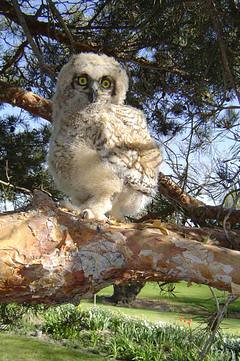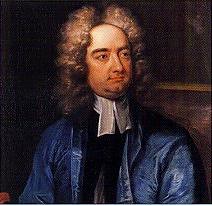Arts: Architecture: Libeskind's new museum structure., the Hamilton Building, joins the Art Museum of Denver
Christian Science Monitor reports and reviews the new Hamilton Building of the Art Museum of Denver, Colorado. Marilynne Scott Mason, "Art is off to new heights in the Mile-High City" (Feb1,2k7). The photos cry out to you to clickup the article and see for yourself.
Flinging open the windows of perception, Denver's new Frederic C. Hamilton Building of the Denver Art Museum, designed by architect Daniel Libeskind, defeats almost every kind of expectation.Architecture, by Archibald
The new building -- constructed next door to the original castlelike
structure designed by Italian architect Gio Ponti -- has a striking
bolt-from-the-blue presumption that brings with it an elation few new
buildings can generate.
Spiked, cantilevered, and crystalline in form, the Hamilton reflects
the mountain environs Mr. Libeskind says inspired its contours. Most
of the inside walls are bent inward or outward, with few right
angles. There is far more to these strange contours than at first
meets the eye: This museum stands for more than its obvious purpose
of housing art objects.
"Of course, this museum is about the human endeavor -- it is about
art," Libeskind said in a phone interview, "and it is about the world
beyond the obvious. This building is rooted in the ground, and it is
open to the sky ... and it is about light -- and not just the physics
of light (which, of course, is part of architecture), but it is also
about the light that shines in your soul, to be in communication with
the world, with time, and with history."
On the first floor, the broad granite stairway leads the eye in an
awe-inspiring upward spiral to galleries on the next three floors, on
to a slanted skylight in the distant ceiling, suggesting the reverent
grace of a great cathedral, the natural wonder of a chambered
nautilus, and the exacting upward striving necessary in climbing
mountain paths. The metaphor is unmistakable -- this is the light that
draws us, a guide and the prize of all human striving toward meaning.
The circular movement upward toward the light was a decision made to
express the ineffable around us, Libeskind said. "The world is not
just here by itself. I am not exceptional in [believing] this -- I
think every person who thinks and who experiences the world knows
there is more to reality than the physical, visible space. [The
spiritual] is in the experience of life.... I think [spiritual
meaning] is a global and universal aspiration."
For Libeskind, the Hamilton Building "speaks of the indestructibilityObviously, in the Hamilton, Art Museum of Denver, we have
of the human spirit and the inventiveness of art...." Constructing a
building to house and help people better understand the art in it is
an act of hope, he said.
"Architecture is about life, the affirmation of life, and it is about
home, and it is about the perspective of a horizon that goes beyond
the obvious," he explained. "It can be universally experienced.
Whoever you are, wherever you are, you can share through architecture
that greater sense of purpose of the human home in the world."
Libeskind's aesthetic includes capturing something profound in a
place, its indestructible quality -- the quality that endures through
centuries, he said. The architecture of the 21st century is "not just
being satisfied with technique and glittering facades. It is about
human beings. It is about intimacy, it's about conversation, the new
architecture. It's not about anonymity, either, but it is about
intimate spaces. Architecture can provide that, can provide something
that really is unprecedented, giving you a new freedom. I know that
word is often used in a rhetorical way. But I mean [the new
architecture is about] giving you the freedom to see in a new way, to
look from a different angle, or to look up -- at a skylight."
The crystalline form of the new building provides many intimate
spaces. Turn a corner and an inverted-roof angle drops down over a
sculpture by Kiki Smith called "Genevieve and the May Wolf," almost
insisting that you stop and study this life-size piece of a woman and
a wolf.
Many other works also find a new vigor in the Hamilton's evocative
nooks and crannies -- like birds that hang their nests in impossible
mountain crevices. The Hamilton fosters works of modern and
contemporary art, requiring visitors to rediscover the mystery and
marvel of the creative spirit behind the works.
The Hamilton does have its critics who believe it does not serve the
art collection well. Indeed, there are exhibits that don't work. Some
of the 19th-century art appears out of sync with its futuristic
surroundings. Then, too, some viewers prefer traditional spaces,
believing that the building in which art is shown should not compete
with the works within its walls.
But the controversy surrounding the Hamilton seems misplaced. So much
of modern and contemporary art defies the eye and preconceived
notions about beauty and truth, and demands that the viewer learn to
question, think, and see anew. And so does this new building.
(c) Copyright 2007 The Christian Science Monitor. All rights reserved.
a stunning new contribution to this genre of museum architecture and to
the artistic discipline of architecture as a whole.

 >br>
>br>









No comments:
Post a Comment